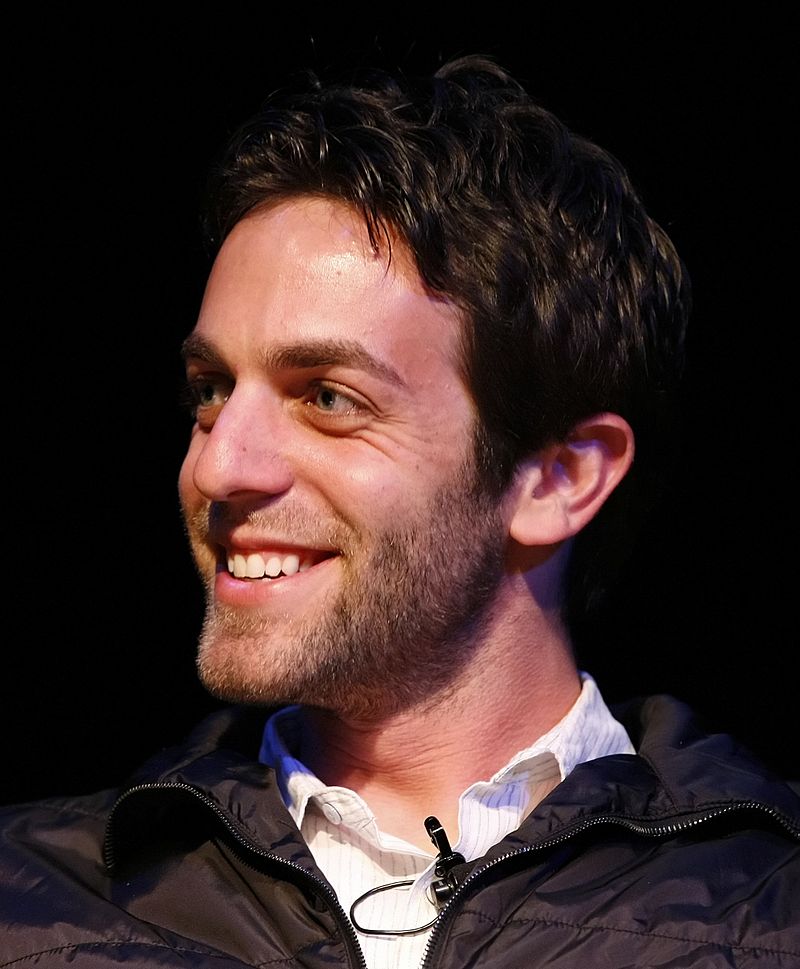 author
authorRonald Searle
Ronald William Fordham Searle, CBE, RDI (3 March 1920 – 30 December 2011) was an English artist and satirical cartoonist, comics artist, sculptor, medal designer, and illustrator. He is perhaps best remembered as the creator of St Trinian's School and for his collaboration with Geoffrey Willans on the Molesworth series. Searle was born in Cambridge, England, where his father was a Post Office worker who repaired telephone lines.
He started drawing at age five and left school (Central School – now Parkside School) at age 15. He trained at Cambridge College of Arts and Technology (now Anglia Ruskin University) for two years. In April 1939, realizing that war was inevitable, he abandoned his art studies to enlist in the Royal Engineers. In January 1942, he was in the 287th Field Company, RE, in Singapore. After a month of fighting in Malaya, he was taken prisoner along with his cousin Tom Fordham Searle when Singapore fell to the Japanese.
He spent the rest of the war as a prisoner, first in Changi Prison and then in the Kwai jungle, working on the Siam-Burma Death Railway. Searle contracted beriberi and malaria during his incarceration, including numerous beatings, and his weight dropped to less than 40 kilograms. He was liberated in late 1945 with the final defeat of the Japanese. After the war, he served as a courtroom artist at the Nuremberg trials and later the Adolf Eichmann trial (1961).
He married the journalist Kaye Webb in 1947; they had twins, Kate and Johnny. In 1961, Searle moved to Paris, leaving his family; the marriage ended in divorce in 1967. Later he married Monica Koenig, a painter, theatre, and jewelry designer. After 1975, Searle and his wife lived and worked in the mountains of Haute Provence. Searle's wife Monica died in July 2011, and he himself died on 30 December 2011, aged 91.
Although Searle published the first St Trinian cartoon in the magazine Lilliput in 1941, his professional career really began with his documentation of the brutal camp conditions of his period as a prisoner-of-war of the Japanese in World War II in a series of drawings that he hid under the mattresses of prisoners dying of cholera. Searle recalled, "I desperately wanted to put down what was happening because I thought if by any chance there was a record, even if I died, someone might find it and know what went on."
But Searle survived, along with approximately 300 of his drawings. Liberated late in 1945, Searle returned to England, where he published several of the drawings in fellow prisoner Russell Braddon's The Naked Island. Another of Searle's fellow prisoners later recounted, "If you can imagine something that weighs six stone or so, is on the point of death and has no qualities of the human condition that aren't revolting, calmly lying there with a pencil and a scrap of paper, drawing, you have some idea of the difference of temperament that this man had from the ordinary human being."
Most of these drawings appear in his 1986 book, Ronald Searle: To the Kwai and Back, War Drawings 1939–1945. In the book, Searle also wrote of his experiences as a prisoner, including the day he woke up to find a dead friend on either side of him and a live snake underneath his head:
You can’t have that sort of experience without it directing the rest of your life. I think that’s why I never really left my prison cell because it gave me my measuring stick for the rest of my life... Basically, all the people we loved and knew and grew up with simply became fertilizer for the nearest bamboo.
At least one of his drawings is on display at the Changi Museum and Chapel Singapore. Still, most of his originals are in the permanent collection of the Imperial War Museum, London, along with the works of other POW artists. The best-known of these are John Mennie, Jack Bridger Chalker, Philip Meninsky, and Ashley George Old.
Best author’s book





















